Nikon D600 Review
Nikon D600
Nikon's new full-frame DSLR strikes a near perfect balance between size, handling, performance and image quality.
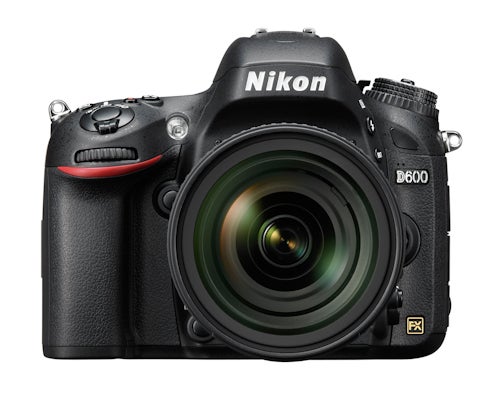
Verdict
Pros
- Excellent image quality
- Competitively priced for a full-frame DSLR
- Excellent handling
Cons
- AF points too centralised
Key Specifications
- Review Price: £1849.00
- 24.3MP FX full-frame CMOS sensor
- Nikon EXPEED 3 image processor
- ISO 100-6400 (exp. to ISO 50-25,600)
- 39-point Multi-CAM4800 autofocus module
- 3.2in, 921k-dot LCD screen / 100% optical viewfinder
- 1080p Full HD video capture at 30, 25 or 24fps
It’s been four years since the full-frame Nikon D700 first arrived and became an overnight hit with serous enthusiasts and semi-pros looking for a full-frame body without the bulk of a twin-orientation professional DSLR. Prior to the D700, Canon’s original 5D and 5D Mark II were the only other full-frame DSLRs geared towards the same market, with other full-frame models of the time – such as the Nikon D3 and Canon 1Ds Mark III primarily aimed at professional photographers and priced accordingly. In addition to its undoubted abilities as a camera the legacy of the D700 was that it was the first full-frame Nikon DSLR to retail for less that £2000 – approximately half the price of the flagship Nikon D3 at the time. 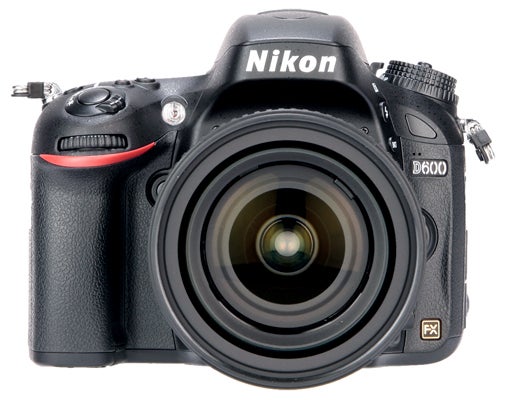
This year has already seen the launch of the Nikon D800 and the Canon 5D Mark III, and while the latter seamlessly takes the 5D series on to the next level the D800 represents such a significant upgrade over the D700 it’s incorrect to think of it as a direct replacement. Indeed, the D800 – with its 36.3MP full-frame sensor – is something of a new direction for Nikon altogether. Step forward the D600 then – a full-frame DSLR that neatly bridges the gap between the enthusiast orientated D7000 and the semi-pro/pro D800.
The big question for many potential purchasers looking to make the jump from APS-C to full-frame will be whether to pay the extra premium for the D800 or to settle for the cheaper D600. At the time of writing the price of a D800 body has settled at around £2100, whereas the current street price for a D600 body is around £1750. At first glance this might not seem like much, with the difference equating to around £350. On the other hand, £350 is a useful sum to be able to put towards a new FX prime lens…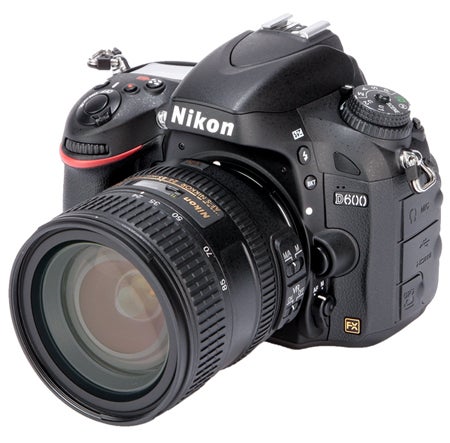
The first thing to note about the new D600 is that it’s not merely a stripped-down version of the D800, but rather a brand new camera in its own right. For a start the D600 gets an all-new 24.3MP full-frame FX CMOS sensor instead of the behemoth 36.3MP chip found inside the D800. This means that – in terms of effective resolution at least – the D600 is able to match, and in the vast majority of cases exceed, any other full-frame DSLR on the market. As with other FX Nikon DSLRs, the D600 does offer a 1.5x DX crop mode that allows you to use any existing DX lenses you might have without producing the extreme vignetting effect normally associated with mounting APS-C lenses on full-frame bodies. The only ‘downside’ to using the 1.5x crop mode is that effective resolution is reduced to 10.5MP.
Behind the sensor, the D600 employs Nikon’s latest EXPEED 3 image processor – the same one that’s used by the D4 and D800 and which enables the D600 to deliver 14-bit A/D conversion, as well as 16-bit image processing. The D600 offers a standard sensitivity range of ISO 100-6400, which can be further extended to an ISO equivalent of 50-25,600 – exactly the same as the D800. 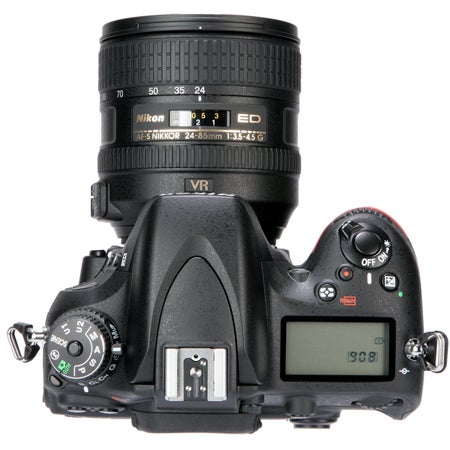
Continuous shooting speed is a healthy 5.5fps – which compares well against the 4fps of the D800 and the 5fps of the D700. In addition, you can also choose to shoot continuously at a slower rate of between1-5fps in the Continuous L mode. Rounding things off are a Quiet Shooting mode that muffles the shutter and an Interval Timer mode that allows you to program the shutter to fire at your own user-defined time intervals. These images are stored as movies that be played back at speeds of between 24 and 36,000 times faster, making the feature especially useful for the creation of time-lapse movies.
Metering is handled by a 2016-pixel RGB sensor that works with the sensor to feed information to the camera’s Scene Recognition System. This is then used to calculate the optimum exposure, white balance and autofocus settings. It’s not quite as advanced as what’s found on the D4 and D800, although it’s still a perfectly capable and reliable system. 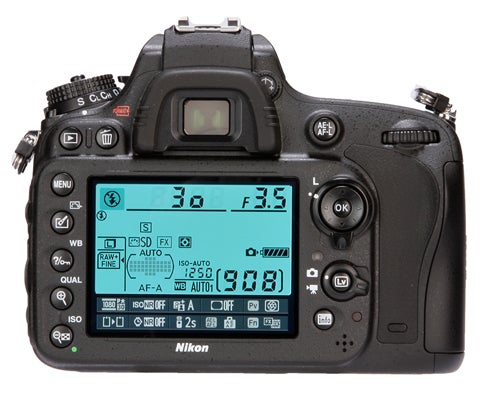
The D600 uses a 39-point Multi-CAM4800 AF system that’s very similar to what’s found inside the APS-C equipped D7000. Nine of the 39 AF points are of the cross-type variety for improved AF efficiency regardless of whether you’re holding the camera in landscape or portrait orientation. By comparison the D800 and D4 use a 51-point AF system with 15 cross-type points. The other major difference AF performance between the D600 and D800/D4 is that the D600’s AF system works down to -1EV, compared to -2EV on the D800/D4. One further thing to note is that although the D600 offers 29 points, this can be scaled back to 11 or 9 AF points, which might come in handy if you’re using the camera in Single-point AF mode and want to hop around the screen quicker.
The D600’s optical viewfinder delivers 100% coverage with approximate magnification of 0.7x. On the back the D600 gets a larger than average 3.2in LCD monitor with a resolution of 921k-dots. The display can be set to automatically monitor the brightness of its environment and adjust the screen accordingly. Above the viewfinder you’ll find a built-in flash that, in addition to providing fill-flash on demand, can also be used in conjunction with Nikon’s Creative Lighting System to wirelessly control and trigger flashguns positioned off-camera.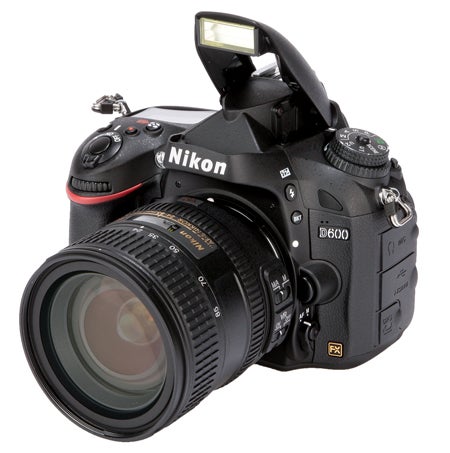
On the side of the camera are two SD card slots, both of which are UHS-1 compatible. As with other dual-storage cameras from Nikon the D600 offers a range of storage options should you want to shoot with two cards in at the same time. There’s also the option to attach optional Nikon WU-1b Mobile Adapter for wireless transfer of images to Android smartphones or tablets. Apple compatibility is expected before the end of the year.
Given how the D600 is positioned between the D7000 and D800 it comes as no surprise to find that the design takes aspects from each model. In terms of physical size though, the D600 is much closer to the D7000 though – almost identical, in fact – but is noticeably smaller than the D800. At 850g it’s fractionally heavier than the D7000 (780g) but lighter than the D800 (1000g). Only the top and rear covers benefit from magnesium alloy construction, whereas the D800 is totally encased in a metal chassis. Nikon claims that the D600 is weather sealed to the same extent that the D800 is though; overall it certainly feels like a solidly made and robust camera.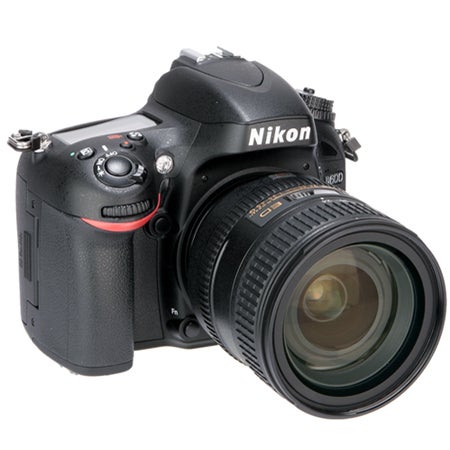
The D600’s hand grip is big enough to wrap three fingers around, which means that you shouldn’t find your little finger dangling off the bottom of the hand grip. Overall, we found that were able to get a firm yet comfortable grip of the camera.
In terms of controls anyone upgrading directly from the D7000 to the D600 should feel almost immediately at home as button placement on the two models is almost identical, save for a couple of alterations and re-positioning. The top-plate, for example, is virtually identical, with the only major difference being that the D600 has a one-touch-record ‘red’ movie button sandwiched between the Metering mode and EV compensation buttons just behind the shutter button. On the other shoulder you’ll find the main exposure mode dial, with a separate lockable dial encircling its base that controls the various drive mode options. Again, this will look instantly familiar to anyone graduating from a D7000.
As with the D7000, a row of five buttons (four on the D7000) sits along the left-hand side of the monitor. In shooting mode, the first of these opens the main in-camera Menu, with the one below it taking you directly to the six individual Picture Control image processing presets. The other three buttons, meanwhile, provide immediate access to ISO, WB and Image Quality. When the camera is in Playback mode, these same buttons control things like zoom in, zoom out, Protect Image and the D600’s generously featured in-camera re-touch menu. One further difference is that the D600 gains a dedicated selector switch to choose between stills and video capture, with a button in the middle to select Live View. 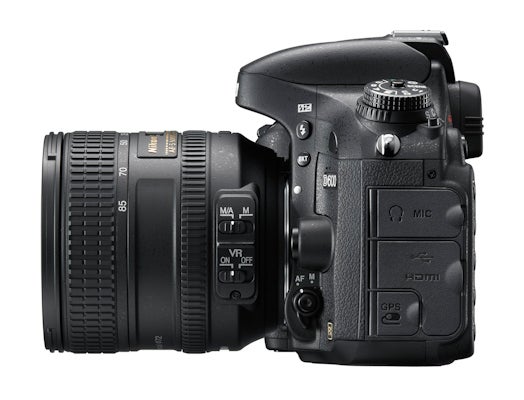
The D600’s Multi-CAM4800 AF module is a very capable system that delivers a high level of performance. Being picky, we’d have to say that the 39 AF points are grouped a little too closely in the centre of the frame, which requires you to focus and recompose in some situations. Using the camera in AF-S mode, we found it to be both fast and accurate in a range of conditions. Indeed, it’s only in really dark situations that the camera does struggles to lock-on, although the built-in AF-Assist light can help out here just so long as you’re close enough to your subject.
In addition to continuous-servo AF-C mode you’ll find a range of sophisticated AF tracking options at your disposal along with a single-point AF mode that lets you select an individual AF point via the D-pad. Dynamic AF will intelligently track your subject should it move away from the initial AF point you select. Depending how erratically your subject is moving, you can choose between 9, 21 or 39-point Dynamic AF modes. Last but not least is 3D Focus Tracking, which will automatically track your subject from point to point, making it an ideal choice for capturing fast-moving action and sports with.
Using the camera in Live View mode to record stills or video causes the D600 to switch from phase-detection to contrast-detection autofocus with a choice of AF-S or AF-F focus modes. AF-F is essentially full-time servo AF, which means that the camera will continuously adjust focus during Live View or video capture. All in all it’s pretty reliable, although it isn’t quite as fast as some compact system cameras in recent months.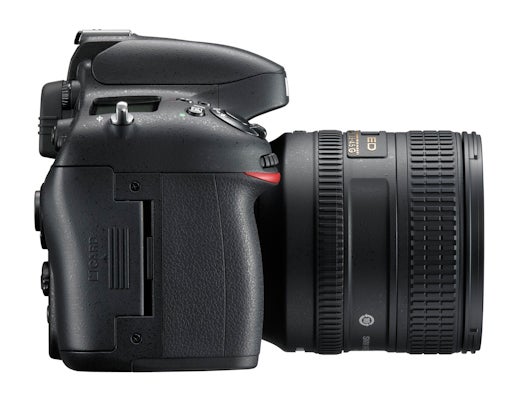
With a Class 10 SD card inserted, we were able to fire off 42 Fine-quality JPEG files in a row at 5.5fps before the buffer filled and the camera began to slow. Switching to Raw capture this figure dropped to 16 consecutive images. Given the size of the individual image files involved this is actually pretty good.
If you’re upgrading from an APS-C equipped DSLR the chances are that you’ll instantly notice how the D600’s 100% viewfinder is larger and brighter than what you’re used to. On the back the D600’s 3.2in screen is pin-sharp and is capable of displaying plenty of fine detail – especially once you zoom into your images. Colour is faithfully reproduced too, although those used to AMOLED screens may find it lacks the same degree of ‘punch’ offered by that particular technology.
Overall image quality is very impressive indeed. As with all advanced Nikon cameras (DSLRs and compacts alike) the D600 offers a range of Picture Controls that can be used to adjust the in-camera processing of JPEGs, complete with fine-control over colour saturation, contrast and sharpness levels. Raw files are outputted as Nikon .NEF files and can be processed to your own liking with the help of professional image editing software like Photoshop or Lightroom. 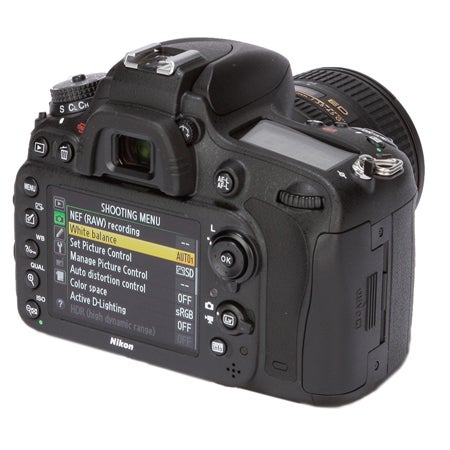
Using the D600 in 3D Matrix Metering mode in a range of lighting conditions we found that the 2016-pixel RGB sensor performed well, with only an occasional tendency to overexpose, which required us to apply beteen -0.3 and -0.7 of EV compensation. While the D600’s metering system isn’t – on paper at least – as sophisticated as what’s found inside the D800, we found the D600 was still very capable when faced with especially tricky scenes such as backlit faces.
Checking white balance accuracy with a Datacolor Spyder Checkr and continuous daylight balanced lights we found the D600’s AWB delivered pleasing, natural results. This is maintained throughout the ISO range, with only a very minor loss of saturation at the highest ISO settings.
The D600’s newly developed 24.3MP sensor produces images with impressive levels of detail. In lab tests with a resolution chart we found it was still capable of rendering finely spaced horizontal lines right down to 34, only dropping down to 28 at the extended ISO equivalent of 25.600. This impressive performance transfers across into real world shooting too. 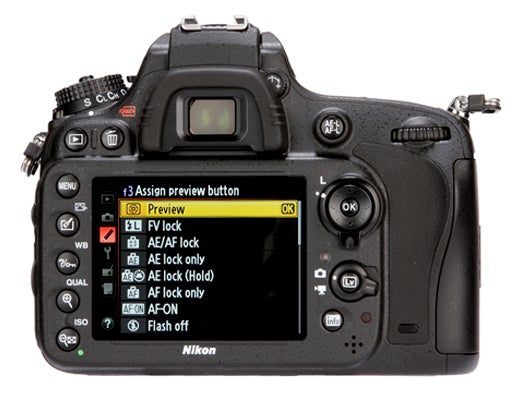
As is often the case JPEGs tend to come out slightly sharper then their Raw counterparts at lower ISO settings thanks to the application of in-camera sharpening at the processing stage. At higher ISOs JPEGs also display less in the way of noise, thanks again to the application of in-camera noise reduction. The flipside of this is that Raw images shot at higher ISOs tend to be sharper and contain more detail, giving you the call to what extent you want to compromise detail in return for less noise at the processing stage.
Speaking of sensitivity, this is another area in which the D600 excels. While the baseline sensitivity setting of ISO 100 and the ISO settings just above are free of noise as might be expected, what really impressed us was the camera’s ability to control noise at higher sensitivity settings. Even at ISO 3200, images look pretty clean and display good levels of detail. By ISO 6400 some image degradation is noticeable upon closer examination, however the results are still perfectly acceptable and it’s still perfectly possible to make prints at this setting. It’s only once you go beyond the standard sensitivity range into the extended range that detail begins to noticeably suffer and chroma noise becomes more prominent. 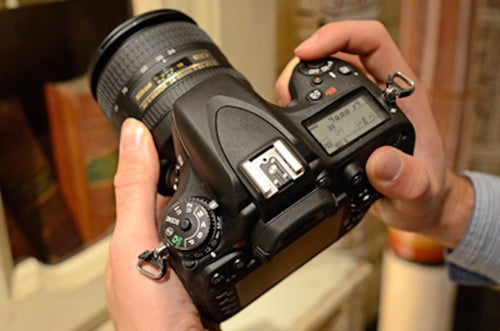
Verdict
For many photographers, Nikon has it the sweet spot with the D600 as it offers a perfect blend of size, image quality, performance and price. Of course at just under £2k, it still represents a pretty serious investment. However, when you consider that just over a year ago a 24MP full-frame Nikon DSLR would have set you back over £5000, the price of the D600 looks remarkably impressive. Almost identical in size to the D7000, the D600 is noticeably smaller than any other full-frame DSLR we’ve seen, yet still feels well-made and comfortable to hold. The newly developed 24.3MP sensor at the heart of it delivers excellent results too, with fine detail, noise performance and colour reproduction all really impressing. Overall, the Nikon D600 looks to be every inch the camera many enthusiasts have been waiting for and we have no hesitation in recommending it.
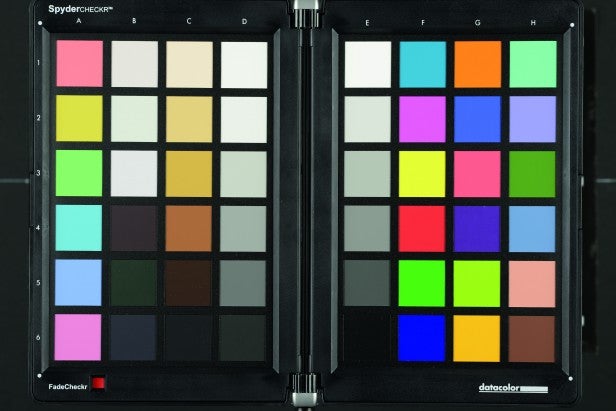
The full-sized image of our colour checker chart, taken at ISO 100 (click to see full size). The images below are 100% crops taken from the same scene, shot at rising ISO values from ISO 50 to ISO 25,600.

ISO 50 (extended)

ISO 100

ISO 200

ISO 400

ISO 800

ISO 1600
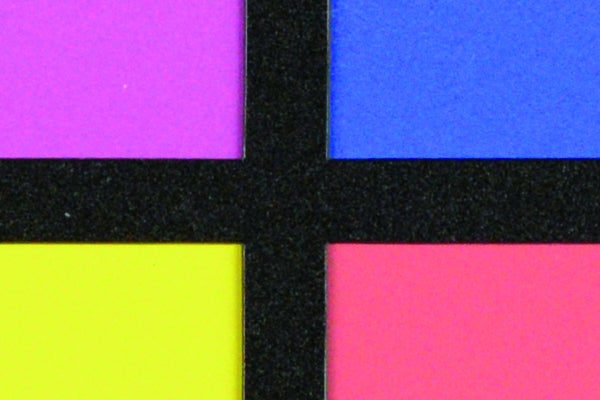
ISO 3200
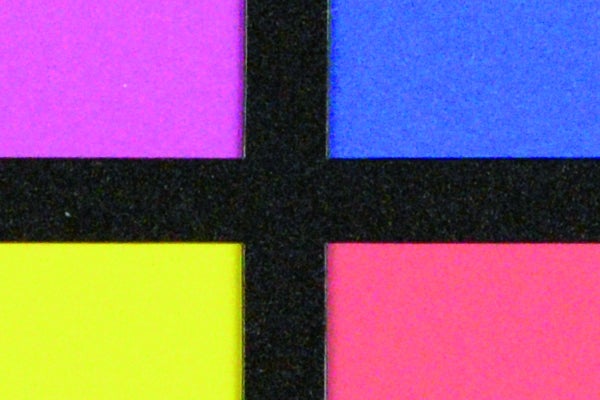
ISO 6400 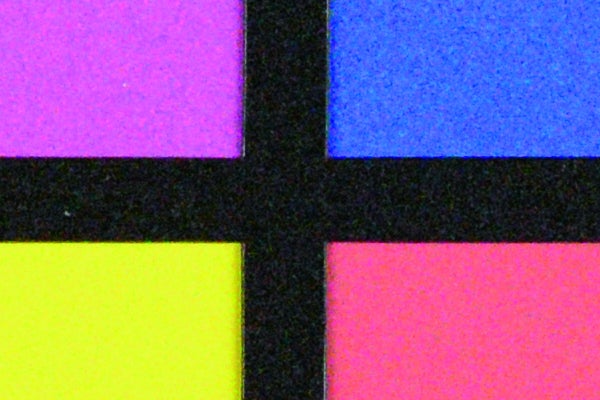
ISO 12,800 (extended)
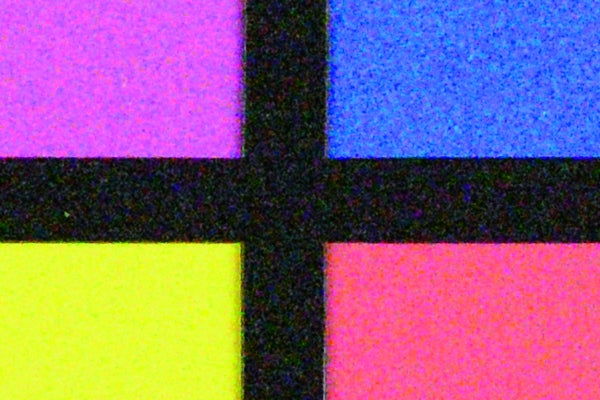
ISO 25,600 (extended)

1/30sec @ f/18, 20mm, ISO 100, AWB
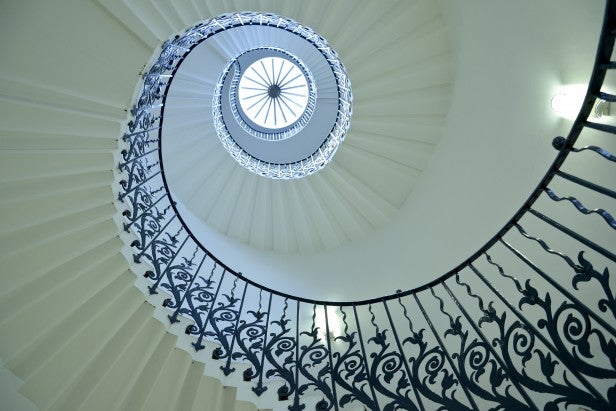
1/50sec @ f/5, ISO 1000, 24mm, AWB
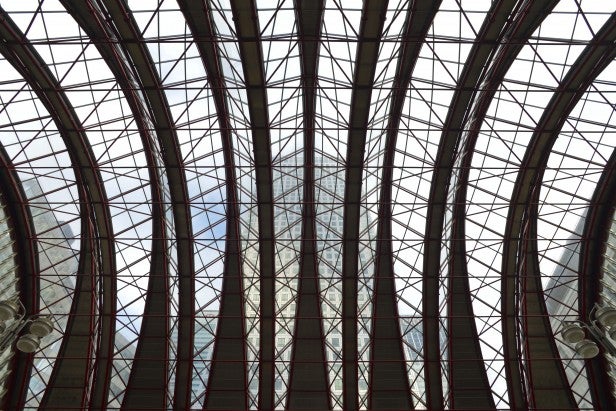
1/50sec @ f/10, ISO 100, 20mm, AWB

1/80sec @ f/16, ISO 400, AWB

1/80sec @ f/5.6, ISO 800, 30mm, AWB

1/500sec @ f/1.4, ISO 1600, AWB
Trusted Score
Score in detail
-
Value 9
-
Design & Features 8
-
Image Quality 9
-
Build Quality 8

